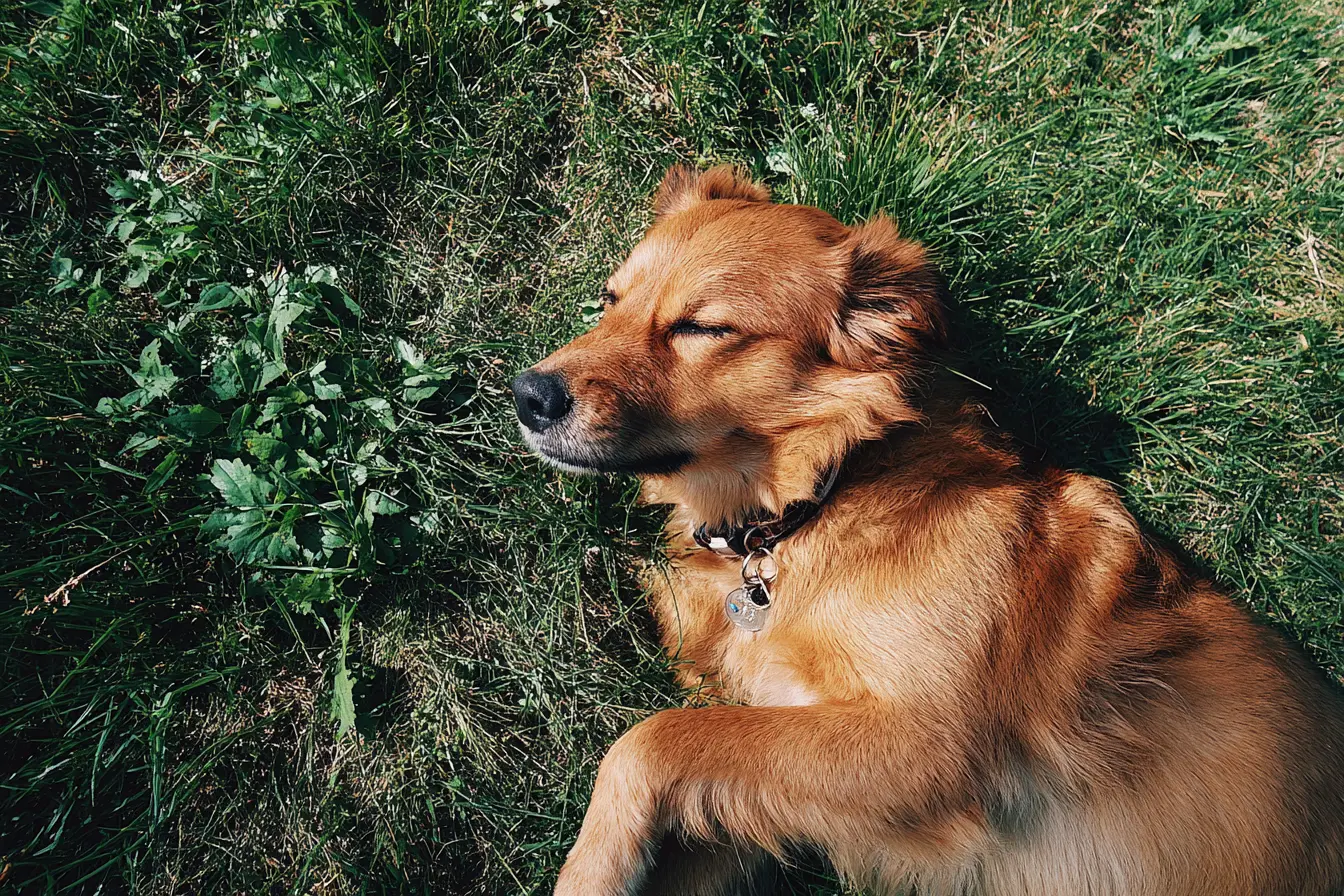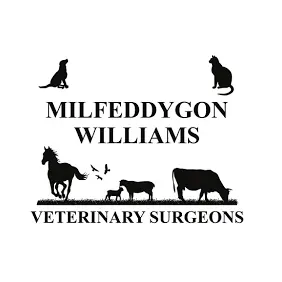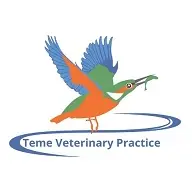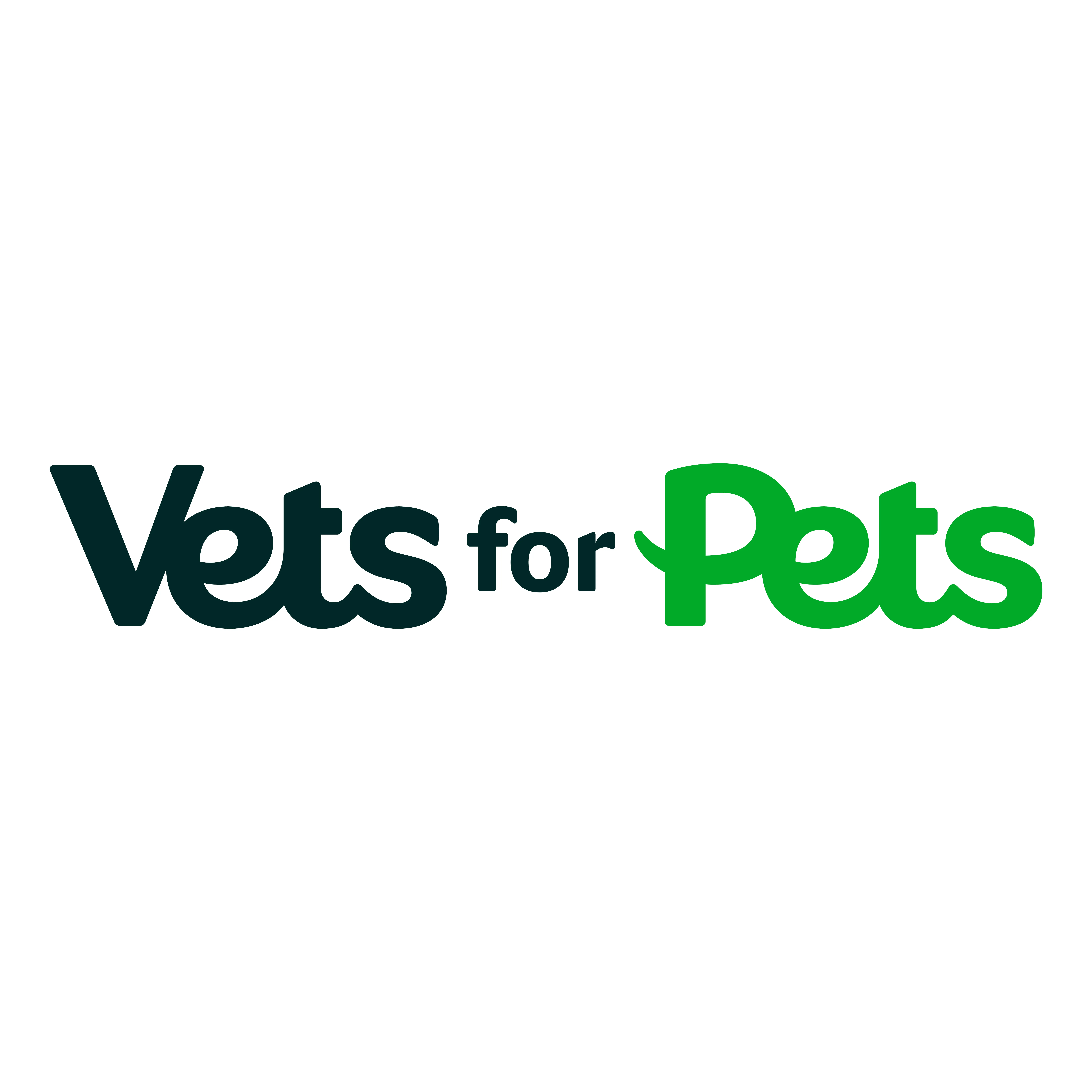
How to Stop Your Dog Chewing Excessively
Chewing is a completely natural behaviour for dogs. It helps puppies explore the world, eases teething pain, and provides a form of stress relief and mental stimulation for adult dogs. However, when chewing becomes excessive or destructive — targeting furniture, shoes, or even walls — it can be a sign of an underlying problem that needs to be addressed.
This guide explains why dogs chew, what triggers excessive chewing, and how to stop it using effective and humane methods.
Why Dogs Chew
Understanding the reason behind the behaviour is the first step to resolving it. Common reasons for chewing include:
- Teething in puppies, typically between 3 weeks and 6 months of age
- Exploration — dogs use their mouths to investigate the world around them
- Boredom or lack of mental stimulation
- Separation anxiety or stress
- Lack of appropriate chew outlets
- Attention-seeking behaviour
- Dietary deficiencies or medical issues, though rare, can also lead to pica (eating non-food items)
Identifying the Cause of Excessive Chewing
Observe your dog’s behaviour to determine when and what they chew. Keep a log for patterns:
- Does your dog chew when left alone?
- Are certain objects targeted (e.g. remote controls, wooden legs, bedding)?
- Does the chewing occur after a stressful event?
- Are they getting enough daily exercise and stimulation?
Identifying the trigger is key to choosing the right solution.
How to Stop Excessive Chewing
Provide Appropriate Chew Toys
Dogs need outlets for their natural chewing instincts. If you don’t provide acceptable items, they’ll find their own.
Choose chew toys based on:
- Size and breed
- Age and jaw strength
- Texture preferences (soft vs hard)
Recommended toys include:
- Rubber toys (e.g. KONGs, Nylabones)
- Rope toys
- Antlers or natural chews (monitor for splintering)
- Frozen carrots or wet cloths for teething puppies
Rotate toys regularly to keep your dog interested.
Puppy-Specific Strategies
Teething can be particularly uncomfortable and chewing helps relieve pressure.
Tips:
- Offer chilled teething toys or frozen treats
- Avoid punishment — redirect to appropriate items instead
- Use playpens or baby gates to limit access when unsupervised
Supervise and Redirect
Supervision is essential, especially in young dogs. If you catch your dog chewing something they shouldn’t:
- Say “uh-uh” or “no” in a calm, firm tone
- Remove the object gently
- Offer an appropriate chew toy and praise when they use it
Consistency is key to reinforcing positive behaviour.
Create a Chew-Safe Environment
Limit your dog’s access to tempting items when you’re not around to supervise.
- Use crates or playpens to safely confine your dog
- Store shoes, remotes, rubbish bins, and electrical cords out of reach
- Use bitter-tasting sprays on furniture or skirting boards to discourage chewing (test first on a small area)
Increase Physical and Mental Exercise
A bored or under-stimulated dog is more likely to chew.
Ideas to burn energy and stimulate the brain:
- Daily walks suited to breed and age
- Play sessions (fetch, tug, chase)
- Training sessions (basic commands, tricks)
- Puzzle feeders and interactive toys
- Hide-and-seek games or scent work
Address Separation Anxiety
If chewing happens mainly when your dog is left alone, it may be a sign of separation anxiety.
Signs include:
- Chewing at doors, windows, or owner’s belongings
- Pacing, whining, or barking when alone
- Destruction within minutes of your departure
Steps to help:
- Build up tolerance with short absences
- Create a calming departure routine
- Leave interactive toys to keep them occupied
- Consider pheromone diffusers or calming music
- Seek help from a qualified behaviourist for severe cases
Avoid Punishment
Shouting, hitting, or rubbing your dog’s nose in the mess will not stop chewing — and may damage your relationship. Instead:
- Be proactive: manage the environment and meet your dog’s needs
- Be positive: reward calm and appropriate chewing
- Be patient: chewing habits take time to change
Rule Out Medical Causes
In rare cases, excessive chewing or eating non-food items may be linked to:
- Nutritional deficiencies
- Gastrointestinal issues
- Dental pain or oral discomfort
- Cognitive dysfunction in senior dogs
If the chewing is obsessive, or new and unexplained, book a vet check-up to rule out underlying health concerns.
Training Tips to Reinforce Good Chewing Habits
- Use commands like “leave it” and “drop it” during play and walks
- Reinforce calm behaviour with treats, praise, or cuddles
- Keep routines consistent to reduce stress
- Use clicker training or positive reinforcement techniques
When to Seek Professional Help
Contact a vet or certified dog behaviourist if:
- Chewing persists despite your efforts
- It's accompanied by other behavioural problems (aggression, anxiety)
- Your dog shows signs of distress or compulsive behaviour
A professional can assess the behaviour and create a tailored plan for your dog.
Final Thoughts
Chewing is natural, but excessive or destructive chewing doesn’t have to be a lifelong issue. With the right mix of supervision, stimulation, training, and patience, most dogs can learn to chew appropriately.
Meeting your dog’s physical and emotional needs, providing safe chew outlets, and addressing any stress or anxiety will lead to a happier, more relaxed household — for both of you.
Related Vets
Vets near you
Speciality vets
- Aquatics vet specialists
- Birds vet specialists
- Camelids vet specialists
- Cats vet specialists
- Cattle vet specialists
- Deer vet specialists
- Dogs vet specialists
- Equines vet specialists
- Exotic vet specialists
- Goats vet specialists
- Pigs vet specialists
- Poultry vet specialists
- Sheep vet specialists
- Small Mammals vet specialists
- Wild vet specialists










